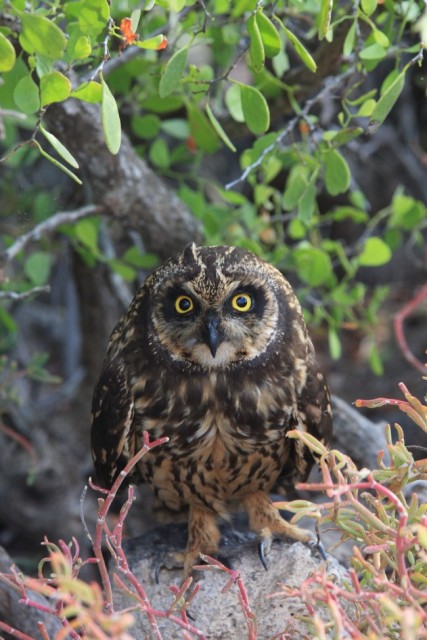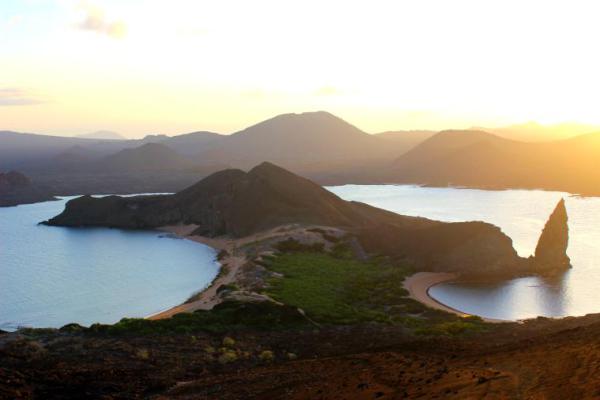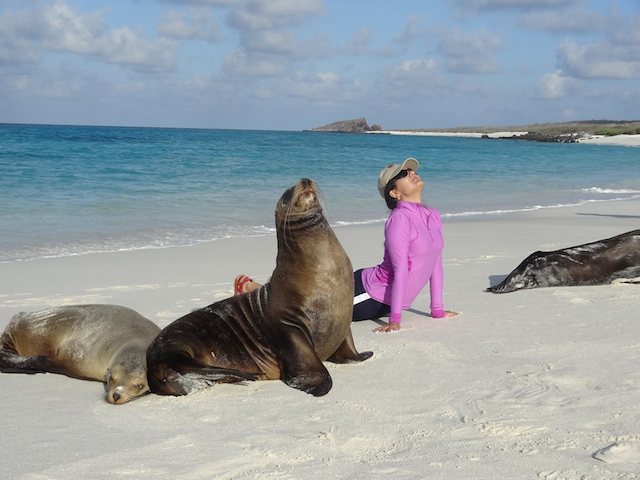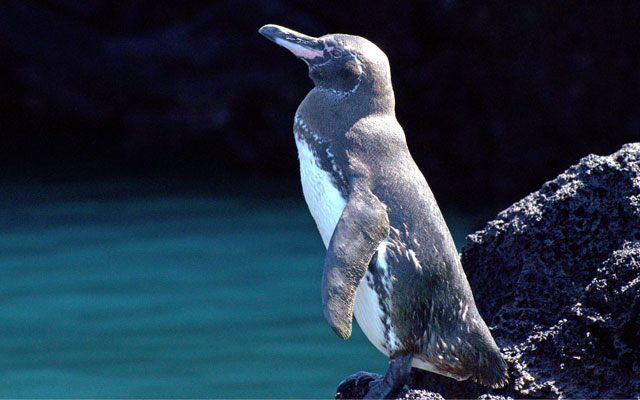Do you wonder what traveling to the pristine islands of the Galapagos would look, smell and sound like? Here is a collection of our favorite articles on all things Galápagos that have been posted up over the past month. We love being inspired by other travelers and hearing their experiences in Ecuadorian paradise!
Can We Save the Galapagos?
“Visiting the Galapagos is a surreal experience—I have never seen so much wildlife in one concentrated area, which makes it deceivingly difficult to see the many environmental issues that plague the archipelago. Every bend in a pathway brings a new experience that overwhelm the senses, from the courtship dances of blue-footed boobies to land iguanas climbing shrubs in the pursuit of succulent greenery or young sea lions frolicking in shoreline rookeries, none of whom fear humans.”
The Galapagos: Beware of Humans Bringing Goats and Other Creatures
“In an attempt to reverse almost five centuries of destructive activities by feral animals, such as goats, which successfully compete for vegetation needed by endemic animals to survive, the GNPS has engaged in a decades-long program to eradicate these feral intruders. With a concept imported from New Zealand, which initially ran into opposition from animal rights groups, snipers placed in helicopters shoot feral animals. When feral goats began to be thinned out it became harder to spot them which meant utilizing Judas goats.”
Read More by Joseph & Diane Frey
Galapagos Islands cruise: A week with Ecoventura
“Along with all the animals, there are also incredible landscapes which are a photographers dream. For example, Baltra is volcanic and its craters are like something from outer space—in fact, movies have been filmed there! Espanola is home to dazzling white sand beaches, while Floreana has lush vegetation. With 13 major islands making up the Galapagos, there is no shortage of things to see.”
Read More by Tamara Elliott, Globe Guide
7 Reasons to Include Galapagos Islands on Your Bucket List
“The Galapagos is second only to the Great Barrier Reef National Park of Australia in terms of the size of protected marine area. Over 444 fish species have been documented in this area, of which 10% are endemic. Expect to see sea cucumbers, sea urchins, crabs, shrimps, sponges, rays, mantas, black corals, sea slugs, chitons (by Jasmine at dresshead inc), scallops and sea stars among hundreds of other colorful marine life.”
Read More by Sucheta Rawal, HuffingtonPost Travel
The Non-Adventurer’s Guide to the Galapagos
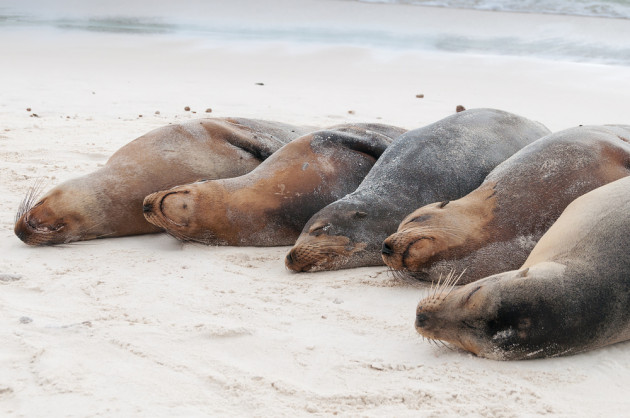
“If you’re a wannabe adventurer but scared of needing rescue by the Coast Guard, a guided trip to the Galapagos will let you test the waters without diving all in.”
Photographers: Blow Your Minds In The Galapagos
“The secret is that the wildlife here is devoid of fear of humans. You can walk within a few feet of sea lions, boobies (a native bird in case you wondered), land and marine iguanas, eagle rays and many other birds, reptiles and marine creatures. Baby sea lions will even chase you around! Heck, I had a pair of eagle rays chasing me and an eight foot Galapagos shark came within a few feet of my snorkeling group.”
Read More by George Burden, Life as A Human
Sharks Don’t Read Guide Books
“A husband and wife in our group were floating near shore after a leisurely snorkel when the husband happened to notice a huge, sleek torpedo-shaped creature about three feet behind his wife, eyeing her hungrily. Gustavo, was also nearby and recognized the silhouette of a Galapagos shark.
Let’s just say that a little excitement ensued.”
Read More by George Burden, Life as a Human
Sustainability as second nature to Galapagos’s Ecoventura

Ecoventura emphasizes green cruising on their three yachts, the M/Y Eric, Flamingo, and the Letty. Each of these yachts can carry up to 20 passengers for one-week and two-week cruises through the Galapagos. What’s important to know is that their green emphasis is comprehensive of both the ship and the islands they visit. Find out why they are leading the pack:
Agape in the Galapagos
“Owing to variations in geology, elevation, micro climates, prevailing winds, and precipitation, each island is uniquely different in terms of endemic flora and fauna. From cactus-cloaked desert isles and lava-strewn lunar landscapes, to mountainous highlands enveloped by lush verdant forests and shallow waters of tropical mangrove lagoons, these are the Galapagos in all their splendid diversity and singularity — hosting species found nowhere else in the world, each adapting in its own unique way to specialized surroundings.”
Read More by Karin Leperi, Pique


